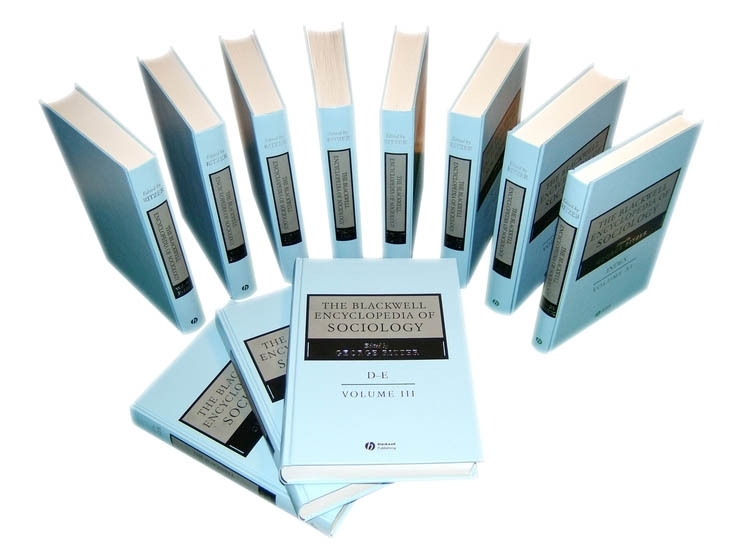Bilingualism
Abstract
This entry defines bilingualism, the ability to use two languages, from a variety of disciplinary perspectives. In addition, it highlights distinctions between individual and societal bilingualism and describes various language contact situations that result in the use of two or more languages. The discussion around individual-level bilingualism highlights factors that influence learner second-language acquisition as well as key learning processes that often result in differing language proficiency levels. The examination of societal-level bilingualism focuses on the interaction between language use and social organization. Characteristics of stable, unstable, and “diglossic” societal bilingualism are discussed. Finally, a language group's sociopolitical status and the concepts of “additive” and “subtractive” bilingualism, as well as language shift and language loss, are deliberated.



